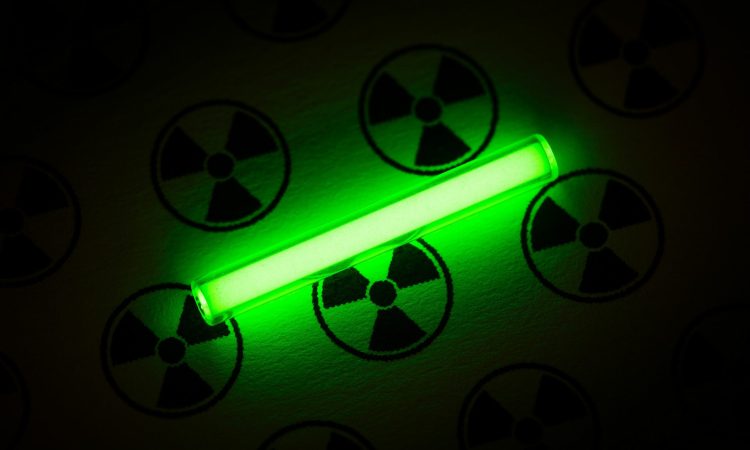
A study of more than 700 communities in several US states found a link between childhood leukemia and levels of decaying radon gas, including levels lower than federal mitigation guidelines.
The findings are important because there are few established risk factors for childhood cancer, and the role of the environment has not been much explored, points out Matthew Bozigar of Oregon State University, who led the research.
Radon, a natural gas, is a product of the radioactive decay of uranium, which is present in certain rocks and soils. When leaving the soil, radon decays and emits radioactive particles that can reach the body and accumulate in many tissues, where they can damage or destroy the DNA of cells, which can cause cancer, he notes.
Although it seems harmless, radon can cause cancer
Odorless, tasteless, and colorless, radon gas dilutes rapidly outdoors and is generally harmless before it decays, but indoors or in areas with poor air exchange, it can easily concentrate to dangerous levels and is recognized as a significant risk factor.
Radon, measured with small, passive detectors and mitigated by passive or active ventilation in basements and confined spaces, has not been associated with other types of cancer, according to the World Health Organization. However, in an 18-year study of 727 counties in 14 states, Bozigar and his colleagues not only found a link between and radon, but it occurred at concentrations lower than those recommended by Environmental Protection Agency.
No radon level is safe
The becquerel per cubic meter is a unit of measurement for expressing the concentration of radioactive decay in a certain volume of air. The EPA states that none are safe and recommends mitigation measures be taken when the radon concentration reaches 148 becquerels per cubic meter; the study considered concentrations up to half that.
“This is the largest study of its kind in the US, but more research is needed to confirm these findings at the individual level and to inform decision-making about the health risks of radon in this country and globally “, said Bozigar, coordinating author of .

